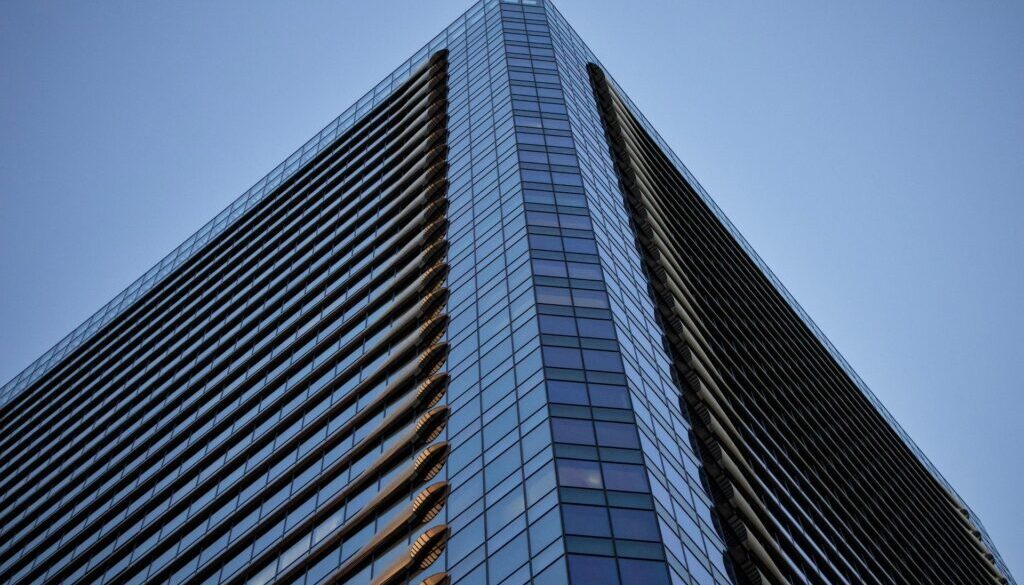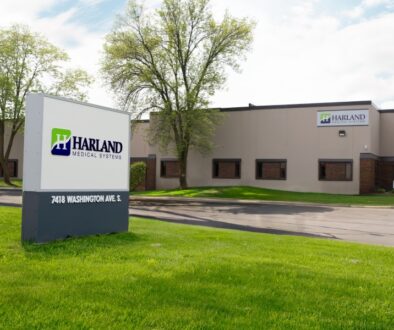Growing Investment in Green Building Technology in San Salvador
Contact the Central American Group to explore the foreign investment options in El Salvador and Costa Rica.
San Salvador is home to a significant number of LEED and HAUS-certified projects. By advancing sustainable building standards, new developments in San Salvador are decreasing energy use, increasing performance, and raising the efficiency of the city as a whole. Green technology can lead to the development of more environmentally friendly construction practices, which are already on the rise in El Salvador.o
Green Construction Gaining Ground
In San Salvador, the increased adoption of green technologies in buildings responds to the need to improve energy efficiency, resource use, and compliance with international standards for sustainable design. Institutions such as the El Salvador Green Building Council (ESGBC) – an associate member of the World Green Building Council (WorldGBC) are key actors in this arena, offering training courses, certification systems, and technical assistance to stakeholders. Thanks to these efforts, San Salvador is laying the groundwork for a sustainable and resilient urban future.
ESGBC data indicate that there are about 100 projects in El Salvador that incorporate measures to reduce environmental impacts or are in the process of obtaining certification. At least 52 of these projects are registered to receive the LEED certification, while 30 more projects are certified according to the HAUS system promoted by the Office of Planning for the Metropolitan Area of San Salvador (OPAMSS). These two building sustainability rating systems facilitate a certain degree of standardization in sustainable design criteria as well as the measurement of real environmental benefits.
Buildings with Certifications and Other Green Projects
GBIG lists certified buildings, mainly in the capital city. In San Salvador, certified projects are Torre Millennium and the headquarters of the Central American Bank for Economic Integration (CABEI), certified LEED in Operations and Maintenance and LEED Gold in Operations and Maintenance, respectively. Three branches of Banco Davivienda have been certified according to the same standard. These certified projects not only contribute to El Salvador’s sustainability but also reflect the growing commitment of the private sector in the region.
In a broader sense, the projects above also demonstrate how technology in San Salvador is changing the urban landscape. The new office buildings, commercial spaces, and mixed-use developments integrate smart energy management systems, automated lighting controls, and efficient heating and cooling technologies to maximize performance and reduce operating expenses. In the case of Torre Futura, for example, creative architectural design has been used to reduce thermal gain, thereby decreasing the demand for mechanical cooling systems and increasing the comfort of users.
Photovoltaic panels, for instance, are visible on CABEI headquarters’ roof and Torre Futura. Along with more efficient mechanical equipment, these and other building-integrated photovoltaics (BIPV) technologies make it possible for these buildings to generate clean energy and significantly offset their electricity consumption. In order to further minimize energy consumption, the buildings use passive design techniques, high-performance glazing, and intelligent façade systems.
New Trends in Sustainable Design and Technology
Green technologies in buildings include energy-efficient envelopes and façades with low-emissivity glass, improved HVAC systems, LED lighting fixtures, and intelligent building controls that can adapt energy use to occupancy and natural light levels. These systems not only help to reduce electricity demand, but also extend the life of building equipment.
Rainwater harvesting and reuse systems, as well as water-efficient fixtures, are also common in these projects. Low-impact materials are prioritized, including those with Environmental Product Declarations (EPDs). For example, cement with EPD certification is now available, thanks to producers such as Holcim, which can reduce carbon emissions by 35% to 45% compared to traditional cement.
Likewise, the growing trend of sustainable construction is leading technology in San Salvador to define new building materials and methods. For instance, developers are using BIM tools to evaluate energy performance, simulate natural lighting, and material efficiency from the very beginning of their projects.
Occupant Comfort and Efficiency Benefits
Indoor environmental quality (IEQ) is another area in which modern projects are excelling. Projects like the ones mentioned above are increasingly prioritizing natural ventilation, daylight access, and low levels of indoor pollutants. These are made possible through low-VOC paints and other finishes. These strategies help create healthier and more comfortable environments for occupants, in line with healthy building standards such as WELL and Fitwel.
The ESGBC data also indicate that buildings certified by sustainable building standards have operational savings of 20% to 40% in energy and water bills. Certified properties also appeal to institutional and corporate tenants who are looking to meet their ESG (Environmental, Social, and Governance) criteria. As a result, sustainability and social responsibility are becoming a selling point in the commercial real estate sector in El Salvador.
Top: aerial view of the CABEI building, one of the most recognizable examples of contemporary sustainable architecture in the city. Bottom: view of the CABEI tower’s solar panels. Green construction in San Salvador is now a form of economic modernization and international legitimacy.
Institutional Roles and Green Building Regulation
As stated by the ESGBC, less than 10% of new buildings in El Salvador implement sustainable measures, and an even smaller proportion are retrofits of existing buildings. However, the share of sustainable buildings in the total building stock is expected to increase in the coming years as training and certification programs become more widespread and local developers gain experience in the benefits of sustainability. The availability of qualified professionals, integrated design tools, and regulatory incentives will play a decisive role in this transformation.
OPAMSS has developed the HAUS standard, which has become the foundation for sustainability in San Salvador. It provides a voluntary and holistic framework for buildings to evaluate their performance on issues such as energy efficiency, water efficiency, waste management, material selection, indoor environment, and climate resilience. The implementation of these criteria by developers will allow projects to differentiate themselves in an increasingly competitive market.
GBIG, ESGBC, and OPAMSS data provide an insight into a wide network of institutions and organizations that are promoting sustainable building practices in the San Salvador metropolitan area. These institutions work together through certification systems, regulations, professional training, and partnerships with the private sector and academia. This collaboration is an example of how technology in San Salvador can support sustainable urban development.
Financing and Sustainable Construction Outlook
Access to green financing is becoming a determining factor for the success of sustainable construction. Financial institutions are increasingly offering credit lines, green mortgages, and loans linked to environmental performance criteria for developers who use sustainable technologies. This is in line with global trends in green financing, where environmental metrics are increasingly influencing investment decisions.
The evolution of this market in El Salvador depends on the development of technical knowledge, certification systems, and capacity building among architects, engineers, and construction companies. As training programs and financial incentives become more available, the use of green building technologies is likely to accelerate, solidifying San Salvador’s position as a regional leader in sustainable urban development.
San Salvador now features a growing portfolio of projects that are not only complying with building sustainability standards but also seeking to meet them at various levels, from large office buildings to smaller residential and mixed-use projects. As environmental awareness increases and technologies become more accessible, the city is taking further steps towards a cleaner, more efficient, and more resilient future.
Contact Us
Please use this form to contact us and we will respond as soon as possible:





